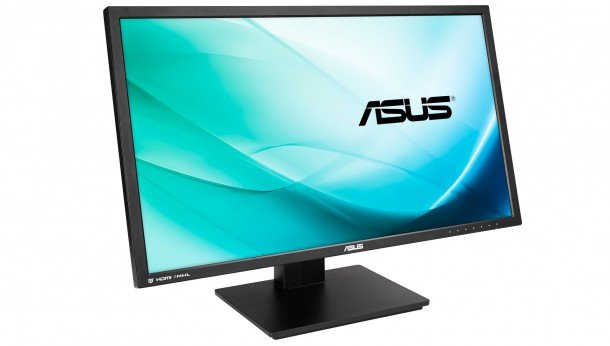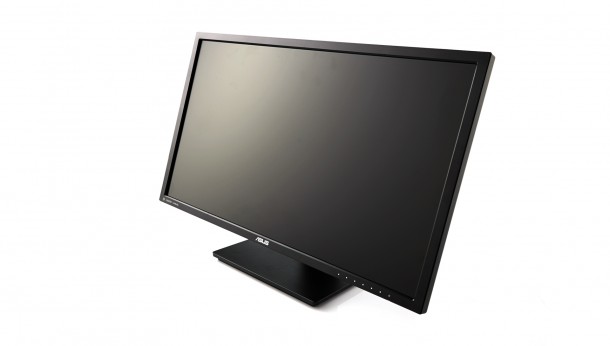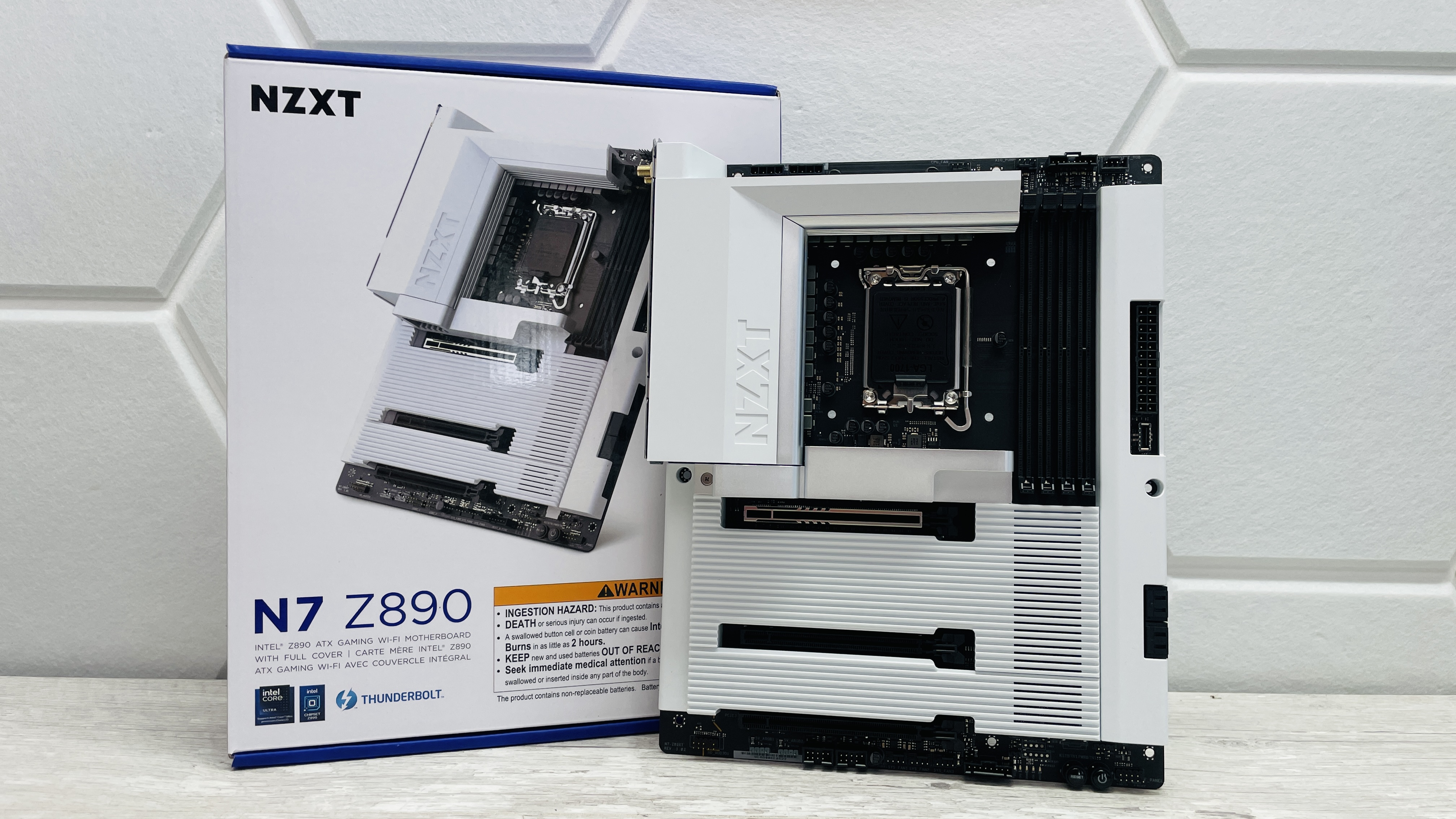Our Verdict
A quality 4K panel, with a great price and some neat extras.
PC Gamer's got your back
It might seem pretty weird calling a £600 / $650 monitor 'the budget option' but that's exactly what the Asus PB287Q is in the burgeoning 4K space. When the first 4K screens I tested cost six times as much you can probably see why I might get a bit excited about a 'cheap' 4K display hitting my testbench. This is the first realistically affordable monitor I've checked out, rocking that full 3840x2160 native resolution, and it's lovely. I had my worries, but Asus has put together a 4K screen that can claim bargain status without looking anything like a budget monitor. How have they managed this feat when others are into four figure price tags?
It's all down to the choice of panel Asus have chosen to drop into this 28-inch monitor. Where the first 4K screen I checked out from Asus was the PQ321QE, with a 32-inch IGZO IPS display, the PB287Q comes with a 27-inch TN panel. And unlike a few of the early 4K TN adopters out there, this Asus screen is fully capable of running its 4K resolution at a full 60Hz.
If you get a sense of unease at the very mention of TN panels, that's understandable. They're known for their shonky viewing angles and dodgy contrast and colour reproduction, but these 4K TN panels are unlike any others I've ever tested. I'm not going to say that you can't tell the difference—sat cheek-by-jowl with an IPS 4K screen it's immediately obvious which has the premium panel sitting inside it. And out of the box the PB287Q's colours do look a little washed out, but with a little tweaking of the OSD you can alleviate most of those problems.
Traditionally TN panels suffer poor viewing angles, but in those stakes the Asus doesn't fare badly at all. The horizontal viewing angles are impeccable and only the vertical gives me any pause. Viewing angles falter when you're looking up at the screen, but Asus has included a fully height-adjustable stand, so that never becomes an issue.

There are other 4K monitors coming out at this price, all using TN displays, and indeed there are some which are even cheaper. Asus' panel is a full 10-bit variant, where others are using 8-bit, and frame rate control, to get to the same 1.07 billion colour palette. And Asus also pack in some extra features, such as low blue light and flicker-free technologies to avoid punishing your eyes during long gaming sessions.
So while it's definitely a bargain in 4K terms, the PB287Q is still a thoroughly feature-rich option. My only concern, and the thing that's stopping this impressive panel from getting the coveted Editor's Choice award are those slightly washed out colours. After the vibrant hues I've become used to in my lowly 2560x1440 display it seems like a slightly retrograde step, but that's all that would give me pause.
Well, that and the fact you need a great deal of horsepower to get your games running smoothly at this razor sharp resolution, but that's not really Asus' fault. And they will sell you a GTX Titan Z or Ares III if you need some help.
As an upgrade from pretty much any 1080p panel this PB287Q would make an excellent option, especially for the money they're asking for it, just make sure you've got the space on your desktop before taking the plunge.
A quality 4K panel, with a great price and some neat extras.

Dave has been gaming since the days of Zaxxon and Lady Bug on the Colecovision, and code books for the Commodore Vic 20 (Death Race 2000!). He built his first gaming PC at the tender age of 16, and finally finished bug-fixing the Cyrix-based system around a year later. When he dropped it out of the window. He first started writing for Official PlayStation Magazine and Xbox World many decades ago, then moved onto PC Format full-time, then PC Gamer, TechRadar, and T3 among others. Now he's back, writing about the nightmarish graphics card market, CPUs with more cores than sense, gaming laptops hotter than the sun, and SSDs more capacious than a Cybertruck.


